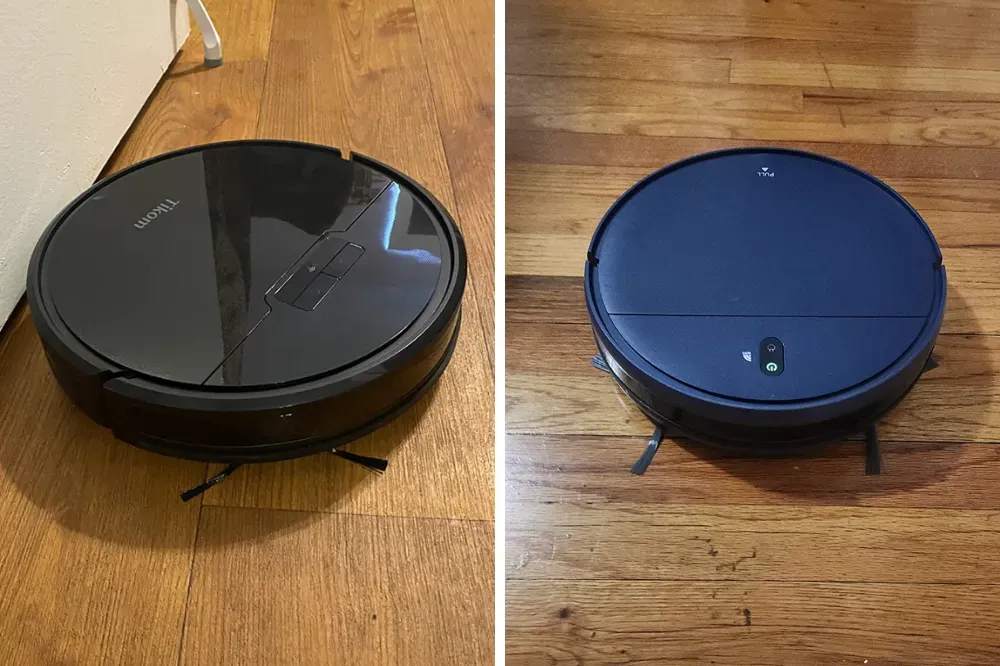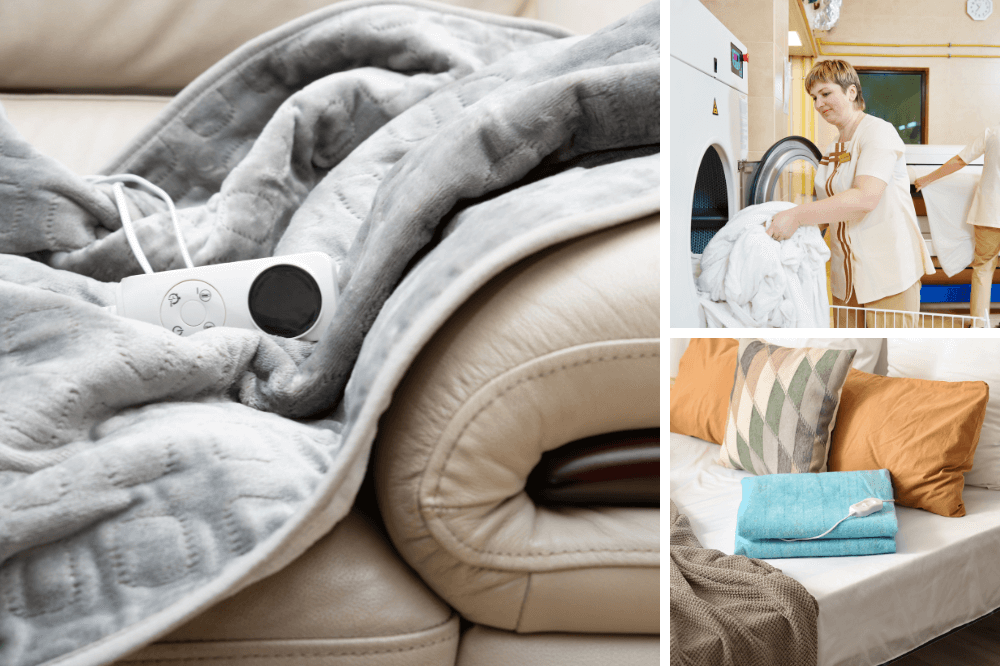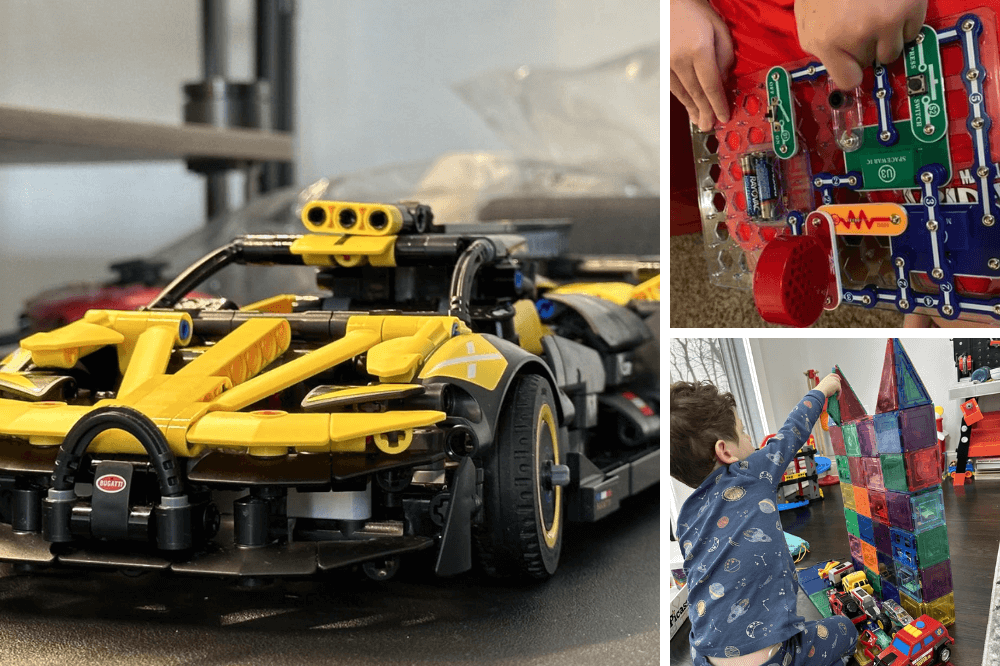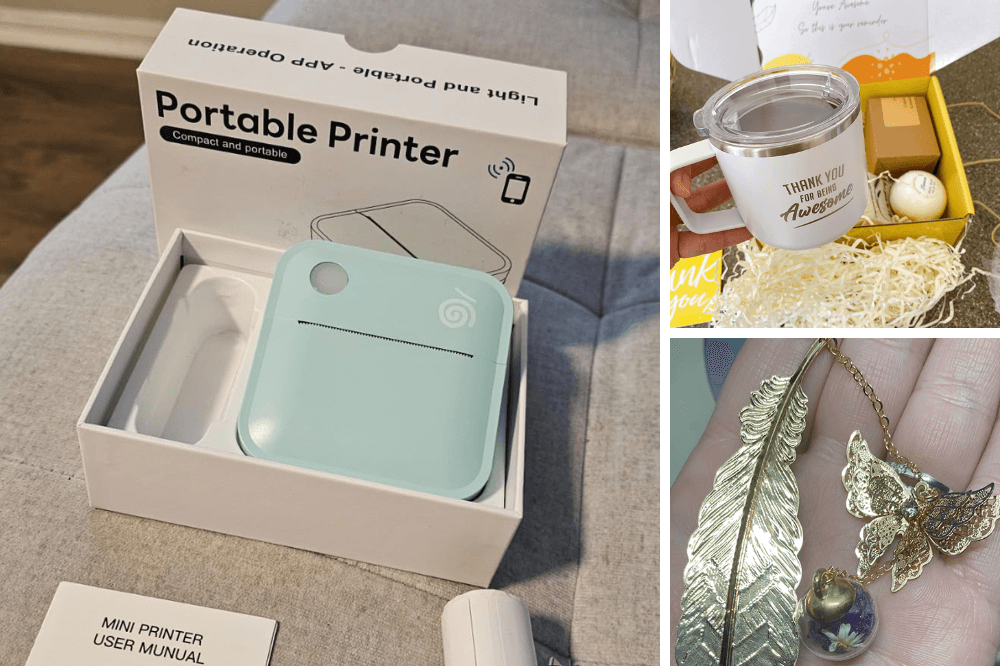Imagine a world where your home is always clean, and you don't even have to lift a finger to make it happen. Welcome to the reality of robot vacuum cleaners!
As our lives get busier and our homes get smarter, these automated cleaning machines are making their way into households across the globe. But the question remains: how effective are they? Are they the ultimate cleaning solution or just another high-tech gadget with a list of drawbacks?
This article aims to explore the world of robot vacuums, exploring their benefits and drawbacks, and ultimately determining their effectiveness in maintaining a clean home.
So, fasten your seatbelts as we embark on this exploratory journey into the future of home cleaning.
Key Takeaways:
- Robot vacuums offer convenience and hands-free operation, saving you time on household chores.
- They are equipped with advanced features like Wi-Fi connectivity, smart home integration, and sophisticated sensors for navigation.
- While they can't fully replace traditional vacuums, they are a valuable addition to your cleaning arsenal, especially for maintaining clean floors between deeper cleaning sessions.
Understanding Robot Vacuums: A Glimpse into the Future of Cleaning
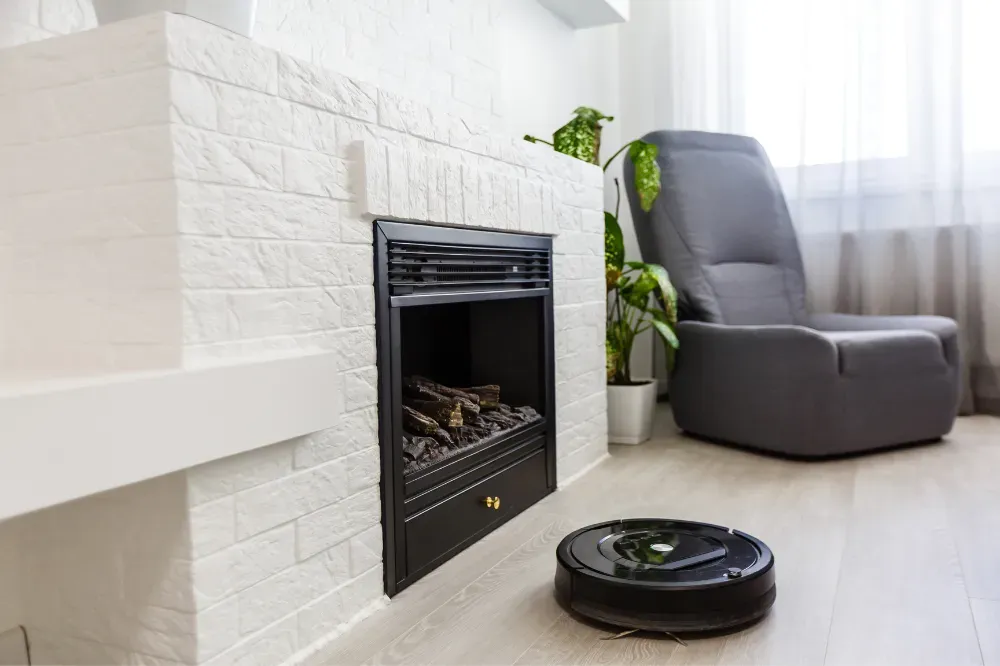
Robot vacuums, or robotic vacuum cleaners, are a remarkable leap forward in home cleaning technology. These autonomous devices are ingeniously engineered to clean floors with minimal human intervention, giving you more time to focus on other tasks or simply relax.
Many models are equipped with an array of advanced sensors that allow them to navigate around furniture, avoid obstacles like stairs, and even detect the dirtiest areas that need more attention. This ensures a thorough and efficient cleaning cycle without the need for you to monitor their progress constantly. They are designed to work quietly and efficiently, making them an ideal cleaning partner in today's busy world.
The Evolution of Robotic Vacuum Cleaners
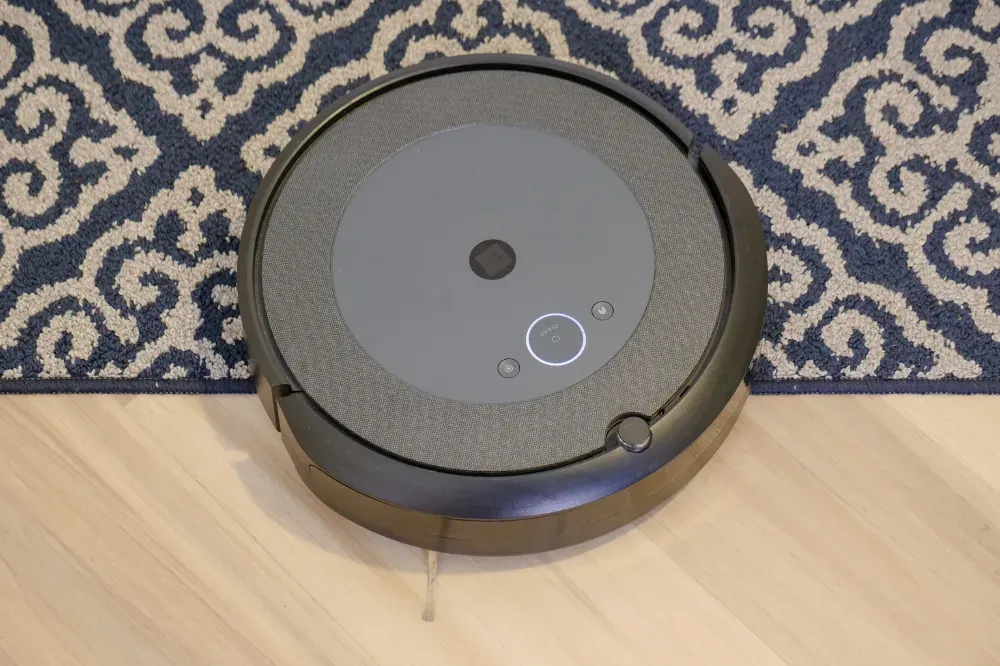
The past few years have witnessed significant advancements in the technology behind robotic vacuums. Early models were relatively simple, moving randomly across rooms and often bumping into furniture and walls. However, the high-end models available today have taken cleaning efficiency to a new level. They are capable of mapping your entire floor plan and remembering the locations of furniture and other obstacles for a more organized and systematic cleaning pattern.
The improvements in this field have been substantial, revolutionizing the way we perceive household cleaning. Furthermore, the latest robot vacuums can be controlled via smartphone apps, providing unmatched convenience. You can set cleaning zones, schedule cleaning times, and even monitor the cleaning progress from anywhere, adding a whole new dimension to home cleaning.
How Do Robot Vacuums Work?
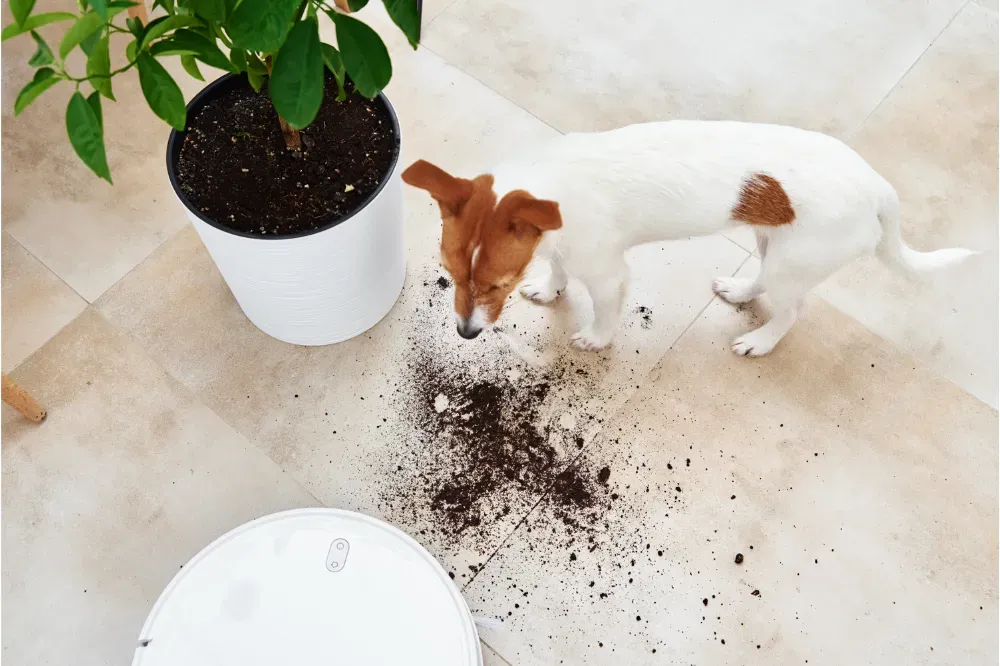
At their core, most robot vacuums use a combination of roller brushes and powerful suction to pick up dust, dirt, and debris from your floors. Some models also come with mopping abilities, offering a 2-in-1 cleaning solution. They are designed to work on a multitude of surfaces, including hardwood floors, tiles, and low-pile carpets, making them versatile cleaning tools. As they move around your home, they pick up everything from fine dust particles to larger debris, ensuring that your floors are thoroughly cleaned.
Some models are even designed to handle pet hair, making them an excellent choice for pet owners. The way these devices combine multiple cleaning methods and adapt to different types of flooring is a testament to their effectiveness in maintaining a clean and healthy home environment.
The Pros of Robot Vacuums: Why They Might Be Your Next Best Purchase
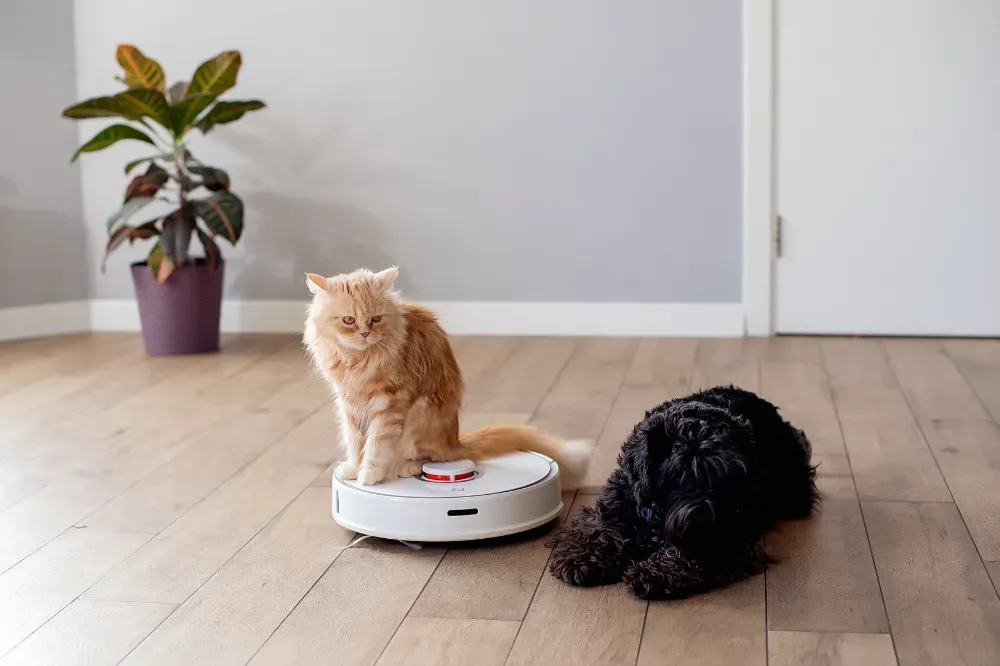
When considering the value proposition of robot vacuums, it's critical to delve deep into the myriad benefits they offer. These smart devices have the potential to revolutionize your cleaning routine, particularly if you lead a hectic lifestyle or face mobility issues. They merge technology and convenience to provide a seamless and efficient cleaning solution that takes the hassle out of maintaining a clean living space.
Time-Saving Convenience: A Boon for Busy Lifestyles
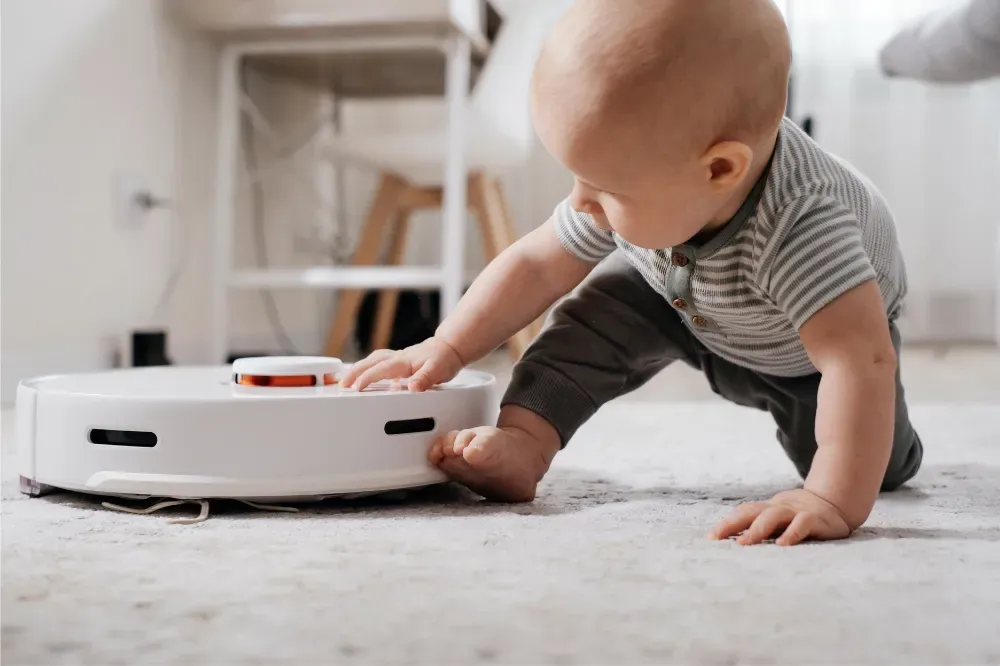
Perhaps the most compelling advantage of robot vacuums is the substantial amount of time they can save. With their autonomous operation, these devices relieve you from the mundane task of vacuuming, freeing up valuable time for you to focus on more enjoyable activities or pressing tasks.
Many models come with scheduling capabilities, allowing you to program them to clean at specific times throughout the day or week. This means you can return home from work to a freshly vacuumed house, or wake up to clean floors every morning. The convenience factor of robot vacuums is truly unparalleled, making them a worthwhile investment for those seeking to streamline their cleaning routine.
Advanced Features for a Smarter Clean: Technology Meets Practicality
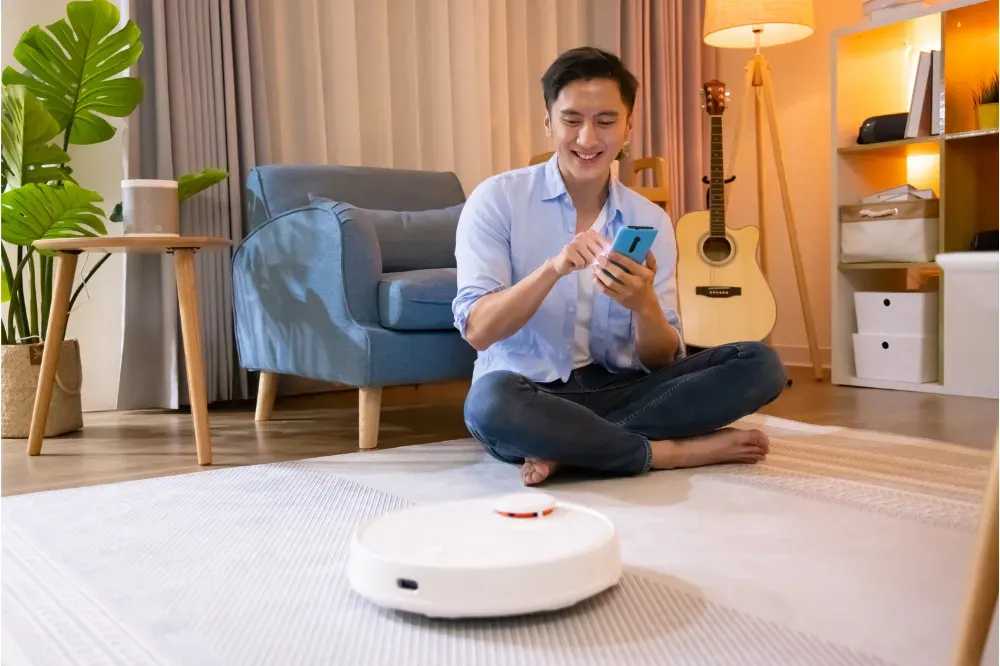
Robot vacuums aren't just about convenience but also about delivering a smarter, more efficient clean. These devices come packed with a host of advanced features that elevate them beyond traditional vacuum cleaners. Wi-Fi connectivity enables remote control of the device, allowing you to start, stop, or schedule cleaning sessions from your smartphone or tablet, no matter where you are.
Integration with smart home systems means you can even control your robot vacuum using voice commands through devices like Amazon Alexa or Google Home. Some models take convenience to the next level with self-charging capabilities. When their battery life runs low, they automatically navigate back to their docking station to recharge. Once fully powered, they can resume cleaning from where they left off, ensuring a thorough, uninterrupted clean.
These advanced features make robot vacuums an intelligent choice for modern, tech-savvy homes.
Comparing Robot Vacuums to Traditional Vacuums: A Detailed Perspective
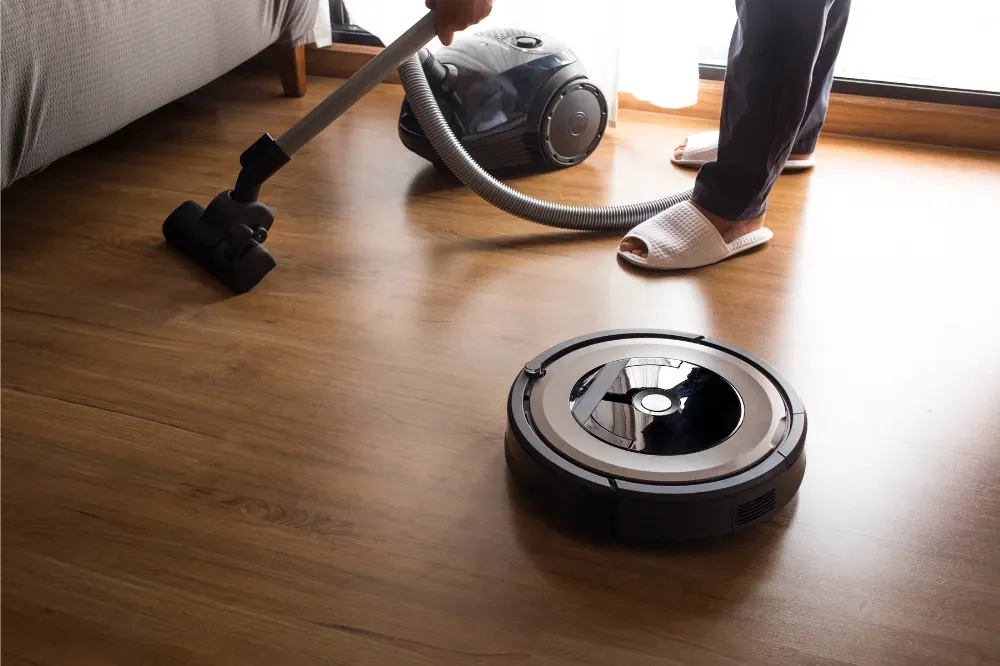
To determine if robot vacuums really are worth it, it's crucial to compare them to their traditional counterparts. While robot vacuums excel in convenience, there are areas where upright or canister vacuums still reign supreme.
Cleaning Power and Efficiency: The Strength of Traditional Vacuums
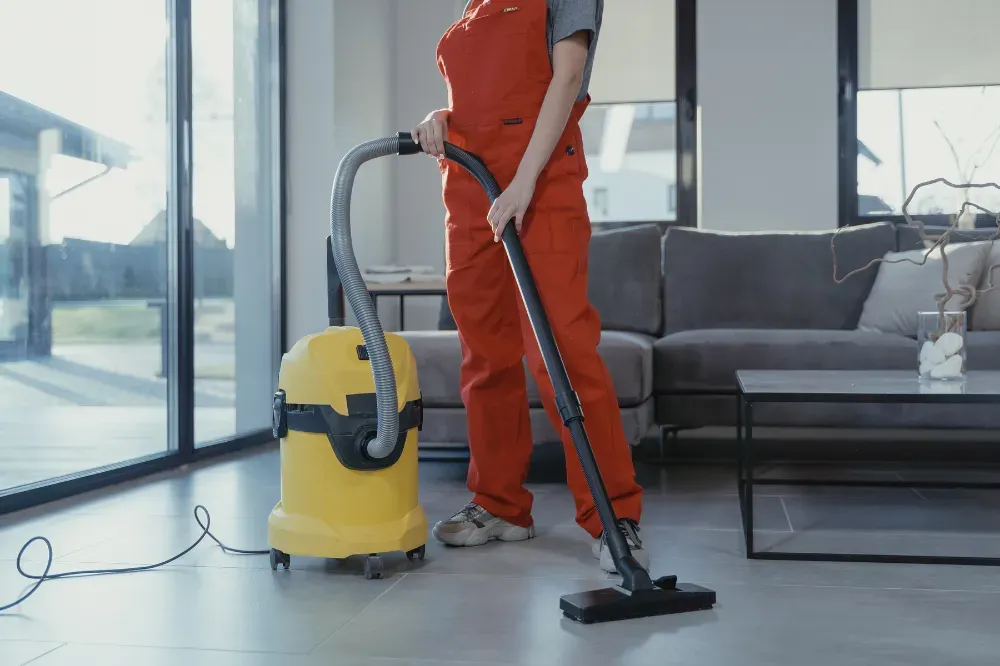
Traditional vacuums, especially those equipped with high-powered suction and HEPA filters, have long been renowned for their deep cleaning capabilities. They have the ability to extract embedded dirt from carpet fibers far more effectively than most robotic models, making them the preferred choice for heavy-duty cleaning tasks.
Furthermore, they are better suited for thick rugs and high-traffic zones where dirt often accumulates. The powerful suction combined with the manual control enables these vacuums to provide a thorough clean that is difficult for robot vacuums to emulate.
Versatility and Control: The Advantage of Manual Cleaning
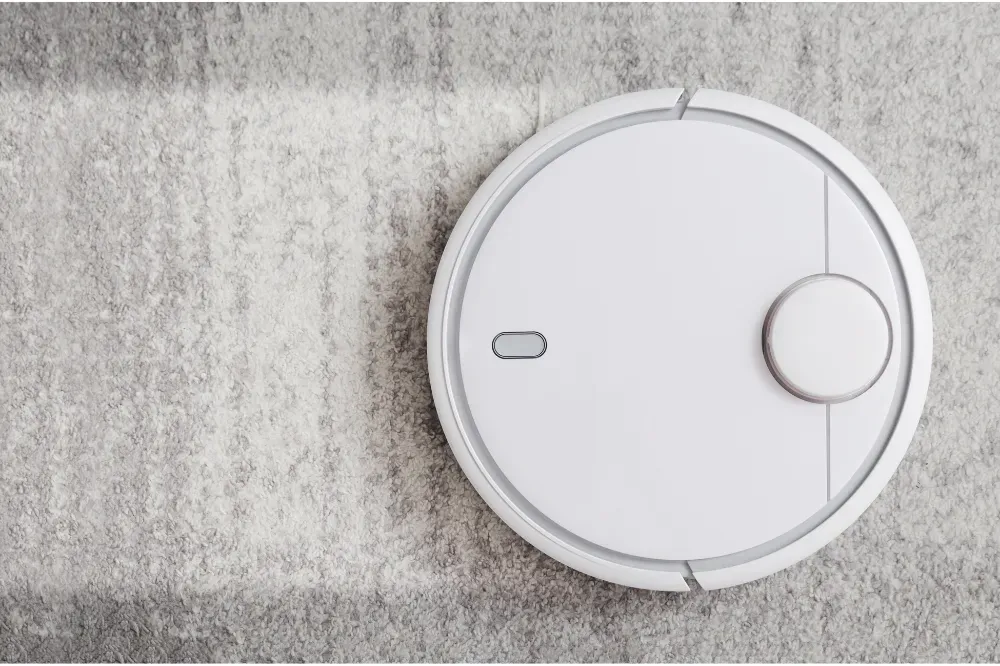
One of the key advantages of traditional vacuums lies in their versatility and the level of control they offer during the cleaning process. These models come with various attachments designed for specific cleaning tasks, such as crevice tools for tight spaces and upholstery brushes for furniture. This allows you to customize your cleaning approach based on the specific needs of each area in your home.
In addition, the ability to manually apply pressure when needed gives traditional vacuums an edge in tackling stubborn stains or heavily soiled areas. This level of targeted and adaptable cleaning is something most robot vacuums currently can't match.
Despite the advancements in robotic vacuum technology, the hands-on control provided by traditional vacuums still proves to be vital for certain cleaning tasks.
Embracing the Future: Robot Vacs vs. Traditional Upright Vacuums
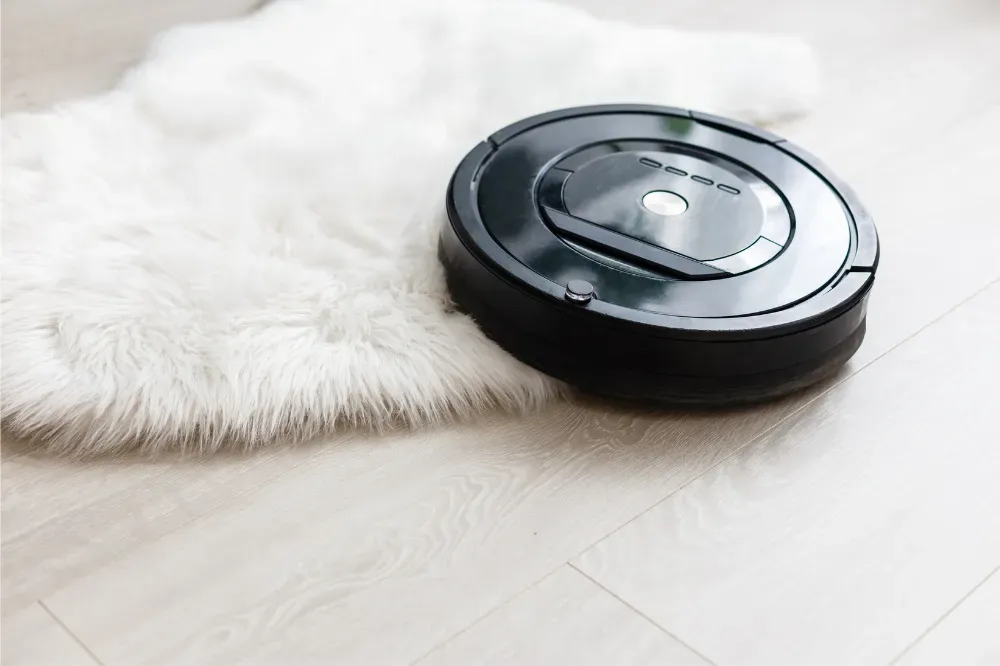
When it comes to keeping your home spick and span, the battle often boils down to robot vacuums versus traditional upright vacuums. Upright or canister vacuum cleaners have been the go-to for years, with their powerful suction and brush rolls designed to tackle everything from dust bunnies to long hair. However, newer models of robotic vacuum cleaners are giving these traditional vacs a run for their money. With advanced sensors, self-emptying capabilities, and Wi-Fi connectivity, robot vacs offer a hands-free operation that can maintain cleaner floors with minimal effort on your part.
The good news for those who dread the daily maintenance of traditional vacuums is that robot vacuums are designed to handle daily debris without the manual labor. While upright vacuums may require you to spend vacuuming time pushing them across bare floors and carpets, a robotic vacuum cleaner can glide over hard floors and carpets alike, often with a transition as smooth as their sleek designs. The best robot vacuum cleaners come equipped with HEPA filters to improve indoor air quality, and some even boast mopping pads to ensure a thorough clean.
The Convenience of High-Tech Features in Robot Vacs
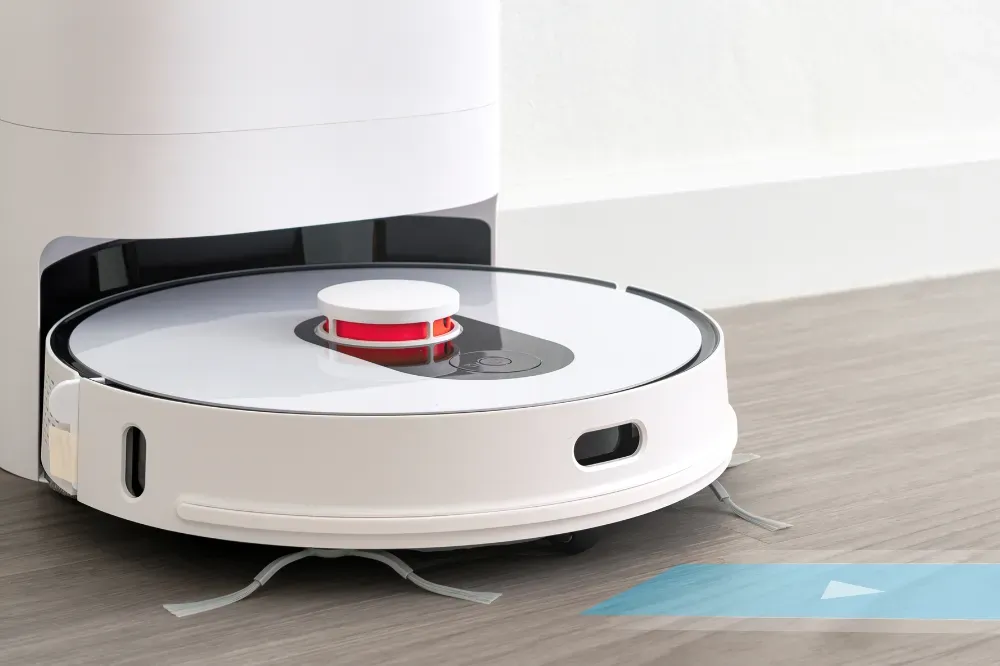
Let's take a closer look at the different features that set the best robot vacuum cleaners apart from regular vacuums. High-end models like the Roomba robot vacuum or the Roborock S series have many features that promise to make your life easier. Imagine being able to control your vacuum with voice commands or through an app, schedule cleaning sessions while you're away, or even have your robot vacuum recharge itself at its docking station. These features represent the pinnacle of convenience in the world of cleaning appliances.
Moreover, the latest advancements in robotic vacuum technology include self-emptying systems. The iRobot Roomba I and S series, for instance, can dock at their clean base and empty their contents into an allergen-sealed bag, meaning you can go weeks without even thinking about emptying robot vacuum debris. This level of automation is a game-changer for those with busy lifestyles or for individuals who find the physical demands of traditional upright vacuums challenging. With a robot vacuum, the hard work of keeping floors pristine is taken care of, leaving you more time to enjoy your living space.
The Cons of Robot Vacuums: Limitations to Consider
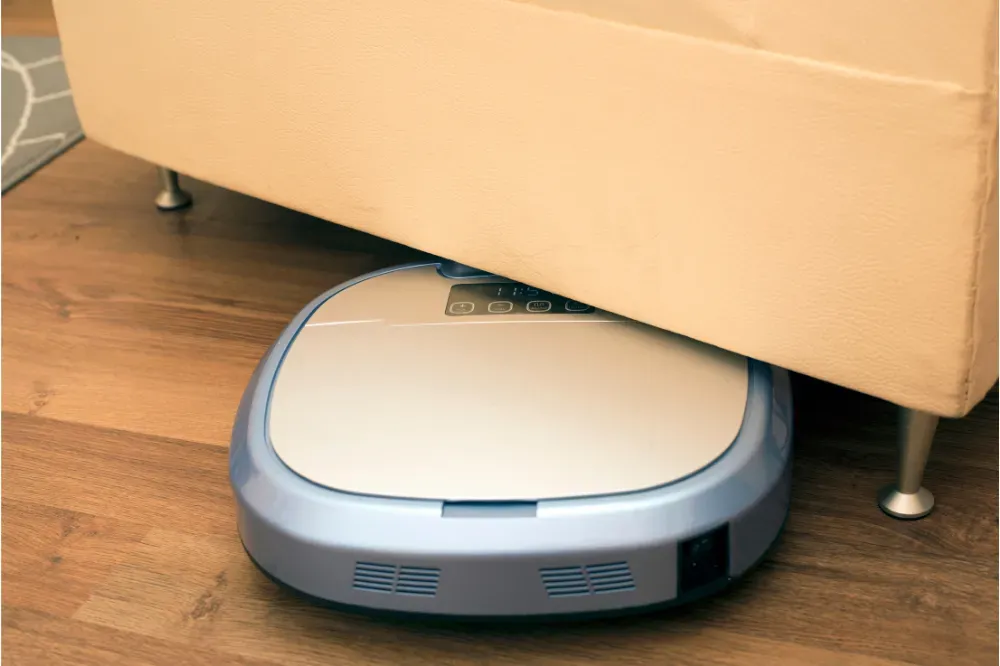
Despite their advanced technology and convenience, robot vacuums are not without their limitations, and it's important to be aware of these before making a purchase decision. As reported by Choice, Forbes, and various other sources, these drawbacks include:
Frequent Emptying and Maintenance
Most robot vacuums have smaller dustbins than traditional vacuums, necessitating more frequent emptying. Additionally, their brushes and filters may require regular cleaning and replacement to maintain optimal performance, which could add to the overall maintenance time and cost.
Struggles with Certain Obstacles
Robot vacuums can have difficulty navigating around clutter or avoiding obstacles like cables, socks, pet toys, or other small objects. Some models may also struggle with dark-colored carpets or transitioning between different floor types, such as from hardwood to carpet. They may not perform as well on uneven flooring or high-pile carpeting, limiting their effectiveness in homes with diverse flooring types.
The Cost Factor: Analyzing the Investment in a Robot Vacuum
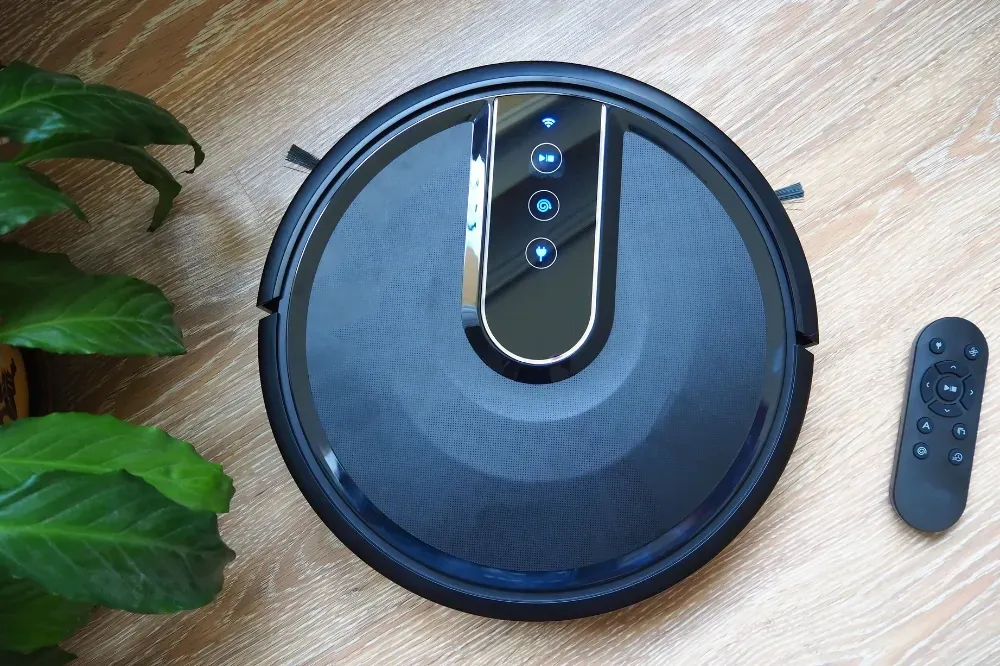
The price point of robot vacuums can vary significantly depending on the features they offer and the brand. While budget-friendly models are available, these often lack the advanced features of higher-end models.
Budget-Friendly Options
For those looking to experience the convenience of a robot vacuum without making a hefty investment, there are lower-priced options that still offer basic cleaning capabilities. These models may lack advanced features like smart home integration or detailed mapping technology but can still provide a decent cleaning job for smaller homes or apartments with simpler layouts.
High-End Models: Are They Worth the Splurge?
High-end models come loaded with a host of advanced features like detailed room mapping, self-emptying bases, and even mopping functions. These premium models offer a more comprehensive cleaning solution and can handle larger homes with complex layouts. However, these advanced features come with a higher price tag, and it's important to consider whether these additional capabilities are worth the extra investment for your specific needs.
Making the Decision: Is a Robot Vacuum Right for You?
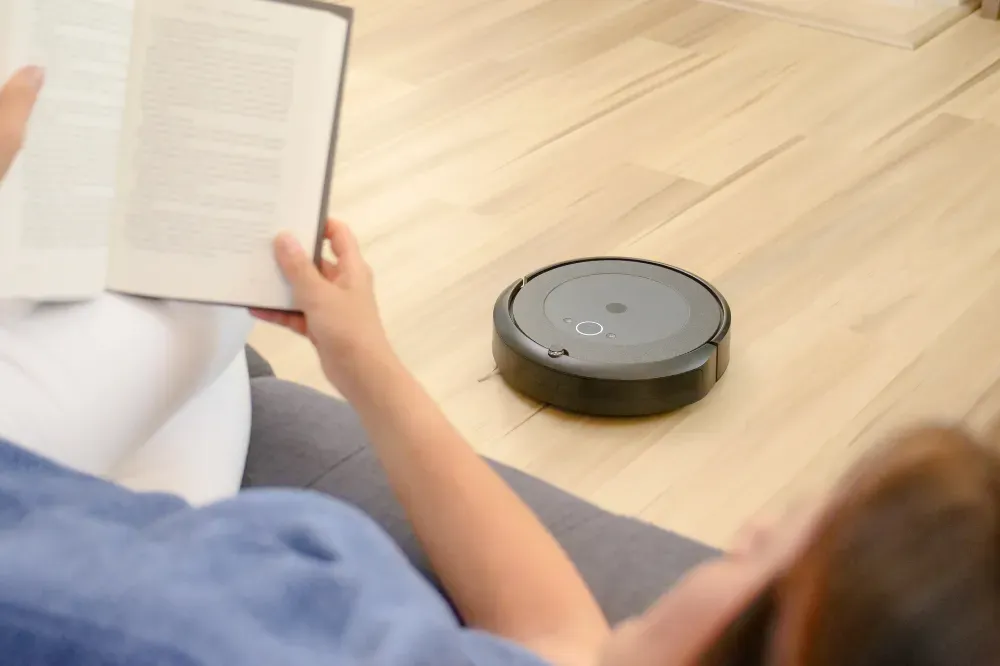
Deciding if a robot vacuum is a worthwhile investment depends on your specific needs, lifestyle, and cleaning expectations. If you lead a busy lifestyle, have young children, pets, or mobility issues, a robot vacuum can significantly reduce the time and effort you spend on cleaning.
Consider Your Home's Layout and Size
The effectiveness of a robot vacuum can vary depending on the size and layout of your home. Larger homes or those with lots of furniture and obstacles may require a more advanced model with superior navigation capabilities.
Assess Your Cleaning Expectations
It's also important to manage your expectations when investing in a robot vacuum. If you expect a robot vacuum to replace your standard vacuum completely, you might be disappointed as they often don't clean as deeply as traditional vacuums. However, if you view it as a supplement to your regular vacuuming routine, it can be a valuable addition, maintaining a general level of cleanliness between more thorough manual cleans.
Summary
Robot vacuums are a testament to the advancements in home cleaning technology. They offer convenience, time savings, and a range of advanced features that can make maintaining clean floors a breeze.
While they can't fully replace traditional upright vacuums, they are an excellent tool for keeping your home tidy between deeper cleaning sessions.
Whether or not they are worth it depends on your individual needs, home layout, and cleaning expectations.
FAQ Section
Can a robot vacuum replace my traditional vacuum cleaner?
While robot vacuums are great for maintaining clean floors, they can't fully replace traditional vacuum cleaners due to their limitations in suction power and capacity for deeper cleaning.
How often do I need to empty my robot vacuum?
The frequency of emptying a robot vacuum depends on the model and how much dust and debris it collects. Most models need to be emptied regularly, and some come with self-emptying features for added convenience.
Are robot vacuums suitable for homes with pets?
Yes, many robot vacuums are designed to handle pet hair and can be a great help in keeping your floors clean. Look for models with strong suction and specialized brushes for the best results.
What are the disadvantages of robot vacuums?
While robot vacuums offer a convenient and hands-free way to clean your home, they do have some drawbacks. These include limited battery life, smaller dust bin capacity compared to a traditional upright or canister vacuum, and potential difficulty navigating complex home layouts. Additionally, they may not be as effective at deep-cleaning carpets as conventional vacuums.
Do robot vacuums replace vacuuming?
No, robot vacuums do not completely replace traditional vacuuming. While they are excellent for maintaining a clean floor on a daily basis, they are not designed to replace the deep cleaning capabilities of an upright vacuum.
Should you run your robot vacuum every day?
Yes, you can run your robotic vacuum cleaner every day. In fact, one of the strengths of a robot vacuum is its ability to perform regular, scheduled cleanings, which can help maintain a consistent level of cleanliness in your home. However, the frequency of cleaning will depend on factors such as the size of your home and the amount of dirt and pet hair present.
How many years do robot vacuums last?
The lifespan of a robot vacuum can vary depending on the brand, model, and how well it's maintained. On average, a robot vacuum cleaner can last between 4 to 6 years with proper care. This includes regular cleaning of the brushes and filters, and replacing parts as necessary.
